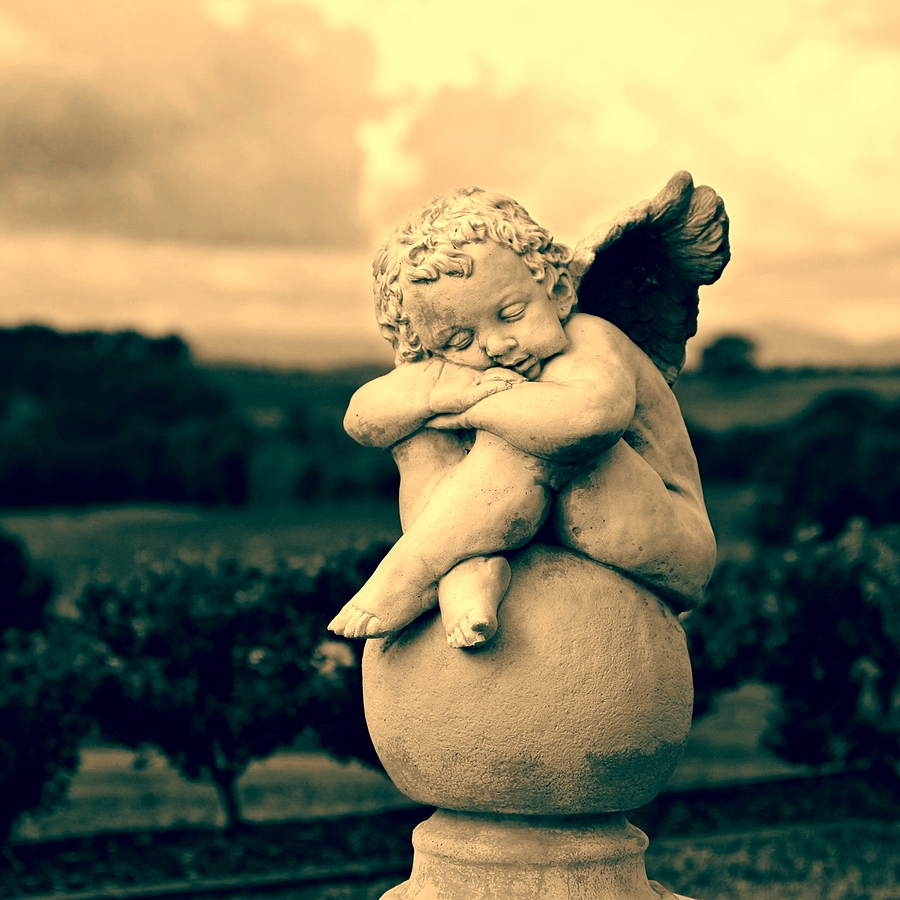The way a space is designed affects how art installations are experienced. Landscape design, with its focus on balance and functionality, transforms ordinary spaces into interactive art environments.
When done well, landscape design is both a compelling backdrop and an active element that creates harmony between the artwork and its surroundings. Here’s a look at how these ideas can shape real-world installation spaces.
Creating Flow in Art Spaces Through Pathways and Walkways
Movement shapes how people experience art. Thoughtful pathways can transform an installation from static to dynamic.
When designing flow, consider that:
- Placement should guide visitors naturally without feeling forced.
- Widths need balance and should be wide enough for comfort but not overwhelming the artwork.
- Materials like stone, wood, or gravel add texture that complements the environment.
- Using landscape design software by Dynascape to plan these paths ensures precision and creativity align seamlessly.
A well-designed walkway connects spaces, allows for pauses, frames viewpoints, and effortlessly enhances exploration. That’s why it matters.
The Role of Natural Elements
Natural elements elevate art installations by adding texture and movement. They complement the artwork rather than overshadow it.
To integrate these elements, consider that:
- Strategic plant placement provides soft backdrops or vibrant frames for sculptures.
- Water features introduce gentle motion and sound, enhancing sensory engagement.
- Layered lighting highlights focal points while creating depth during evening displays.
When chosen carefully, plants bring life and seasonal variation to spaces. Water calms visitors and connects them with nature’s rhythm. Light directs attention while effortlessly setting the mood.
Each element works in harmony to enrich the overall experience without overwhelming the installation itself. It’s similar to understanding the difference between installation art and sculpture, in that focusing on minor aspects delivers major benefits in practice.
Accessibility in Landscape Design for Art Installations
Accessibility is an important talking point in art more generally and is specifically relevant to the way installation spaces are designed. It’s a means of guaranteeing that everyone can enjoy the experience equally. A thoughtful landscape design promotes inclusivity without compromising aesthetics.
There are a few key aspects to prioritize. For example:
- Pathways need even surfaces and gentle slopes for wheelchairs or strollers.
- Seating areas should offer rest spots with unobstructed views of the artwork.
- Signage must be clear, at accessible heights, and include tactile or braille options when possible.
Beyond physical accessibility, consider sensory-friendly features like quiet zones or sound-buffering elements to support neurodiverse visitors.
In an ideal scenario, good design like this creates a welcoming environment where every guest naturally feels included and engaged.
Balancing Open Space with Enclosure for Artistic Focus
The balance between open space and enclosure helps guide attention toward the artwork, contributing to an intentional atmosphere.
Effective design strategies include:
- Open spaces invite visitors to explore freely and encourage social interaction.
- Enclosed areas, such as hedges or walls, create intimate zones that isolate specific installations.
- Combining both allows transitions that keep experiences dynamic while maintaining focus points.
Too much openness can feel overwhelming or dilute the impact of art pieces. Too much enclosure may make a space feel confined or rigid.
Achieving harmony ensures visitors enjoy a seamless journey through thoughtfully curated moments of discovery and contemplation within the art environment naturally.
Using Elevation Changes to Highlight Artworks Creatively
Incorporating elevation changes adds dimension to art installations, enhancing visual interest and interaction.
Effective ways to use elevation include:
- Adding raised platforms to draw attention to sculptures or larger pieces.
- Sunken areas that create secluded spaces for reflective installations.
- Sloped pathways that guide movement while offering varying perspectives on the artwork.
Gradual changes in height make spaces dynamic without being jarring. They also improve sightlines, allowing visitors different angles and viewpoints as they explore.
When done well, elevation shifts turn static environments into layered experiences that showcase the artwork from every possible perspective naturally.
Framing Art Installations with Architectural Structures or Landscaping Borders
Framing helps art installations stand out while blending them seamlessly into their surroundings. Borders and structures direct attention without overpowering the artwork.
Practical framing techniques include:
- Using pergolas or archways to create defined entry points for sculptures or exhibits.
- Planting hedges, flower beds, or low walls to form natural boundaries around installations.
- Positioning trees strategically to provide shade and act as soft visual frames.
Well-designed framing emphasizes each piece's uniqueness while uniting the overall landscape effortlessly into a cohesive setting that enhances both art and environment equally.
Final Talking Points
Landscape design transforms art spaces into immersive environments. Blending pathways, natural elements, accessibility, and creative framing techniques means these spaces enhance how art is experienced. Thoughtful design fosters a connection between the viewer and the artwork while creating settings that inspire exploration and reflection naturally.
